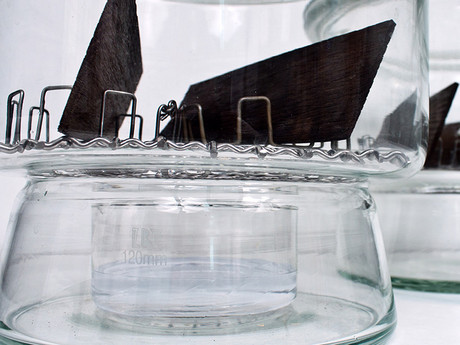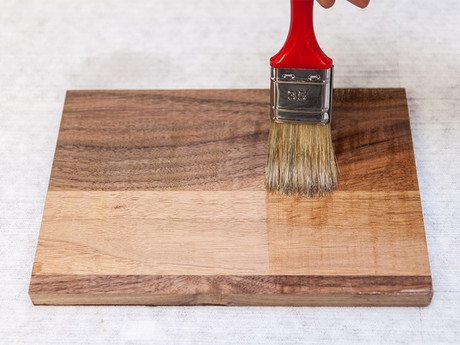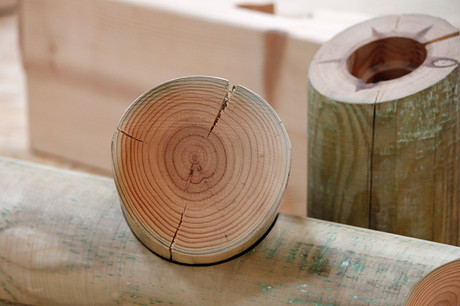Chemistry
The ‘Chemistry’ area consists of the subareas of Emissions from Products, Bonding Agents/Adhesives, Natural Oils, Wood Preservatives and Quality Assurance. The laboratory area Chemical Testing is the organisational unit within the Entwicklungs- und Prüflabor Holztechnologie GmbH (EPH).
- Emissions from products
- Bonding agents/Adhesives
- Natural oils
- Wood preservatives
- Resource modification and development

Prof. Dr. rer. nat. habil.
Mario Beyer
Head of Departement · Wood chemistry · Chemistry of adhesives · Spectroscopy · Failure analysis
Bonding Agents/Adhesives
- Modification of aminoplastic resins
- Application of natural raw materials
- Synthesis of bonding agent components
- Molar mass distribution
- Chemical and rheological characterisation
Resource modification and development
- Development of modified bonding-agent components for flame-retardant coating systems
- Development of novel flame-retardant additives based on renewable resources
- Development and use of modified vegetable oils in bonding agents for coatings and impregnating agents
- Modification of natural polymer as additives and as a basis for bonding agents
- Development of catcher systems to reduce VOC and formaldehyde emissions
- Investigations into polymeric properties (molar mass distribution, viscosity, other rheological properties)
Services Chemistry
- Damage analyses (e.g., chemical causes of faults in adhesion joints)
- Bonding agent analytics
- Contaminant emissions in residential and public buildings
- Determination of wood preservatives in historical building materials and pieces of art
Technical equipment
- More than 50 emission-testing chambers
- Olfactory test devices
- GC using several detection methods: MSD, FID, ECD, WLD
- TDS-GC-MS
- Headspace GC
- HPLC by way of UV-Vis, Fluorescence, MSD detection
- GPC
- Ion chromatographs
- FIA systems for formaldehyde and ammonia analytics
- Impregnation laboratory with an 0.7 m³ vacuum-pressure vessel
- AAS
- ICP-OES
- Capillary electrophoresis
- Rotary viscosity meter/inline rheometer
- C/N analyser
- Spectroscopy: FTIR, Raman, NIR, UV-VIS, Fluorescence
- Chemical reaction technology (10 dm3 pressure reactor with a heating jacket and stirrer)
- Grinding technology: cutting mill, cryogenic impact mill
- Mobile emission-measuring systems




